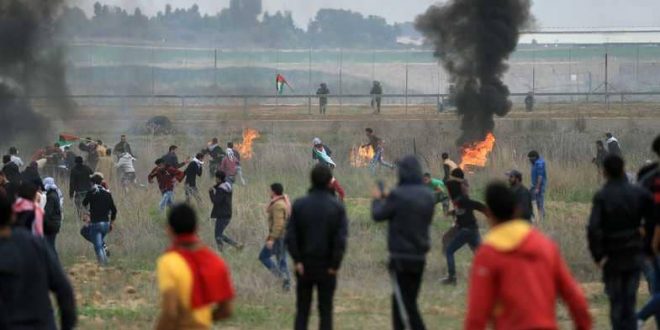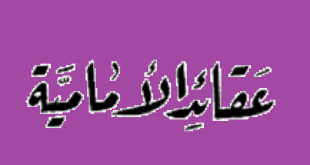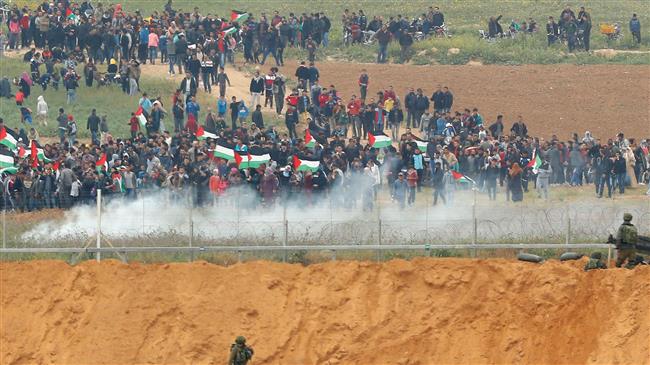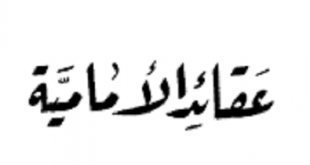RNA – Hundreds of people had pitched tents along the coastal enclave’s borders– from Beit Hanoun in the north to Rafah near the Egyptian border– ahead of the six-week protests, dubbed the Great March of Return, which kicked off on Friday morning.
The Israeli army had been put on high alert ahead of the protest, which is began on March 30, known as the Land Day, to mark the 42nd anniversary of Israel’s murdering of six protesters during rallies against land confiscation in 1976.
The event was organized by the Palestinian resistance movement Hamas and would continue until the Nakba Day (Day of Catastrophe), which is marked every year on May 15, one day after the Israeli regime came into existence in 1948.
On Friday, Avichay Adraee, an Israeli army spokesman, cited a decree by Saudi cleric Sheikh Saleh al-Fawzan to argue that partaking in public protests turns Muslim into “infidels.”
“The Saudi scholar, Sheikh Saleh al-Fawzan, has decreed for banning demonstrations and sit-ins, saying that this behavior has nothing to do with the Muslims’ ethics, and that it is a characteristic of infidels,” Adraee said in a video recording.
The 2011 fatwa by Fawzan, who views demonstration as a form of commotion and disorder, paved the way for the kingdom’s forces to crack down on widespread protests against mistreatment of Shia Muslims across the country.
Fawzan grabbed media attention in 2016, when he placed a ban on taking selfies with cats. The cleric had also said in 2014 that the Sun resolves around the Earth, and that the “modern theories” must not be adopted by his followers.
Adraee also cited a fatwa by Sheikh Ibn Uthaymeen that stated sit-ins and violent demonstrations were “evil, because they lead to chaos.”
Wahhabism, the radical ideology dominating Saudi Arabia, is freely preached by clerics in the Arab country.
It inspires Takfiri terror outfits such as Daesh and al-Qaeda.
Intensified shelling to scatter protesters
In another attempt to scare the protesters off, the Israeli military has stepped up its operations near the border, firing tanks shells into Gazan territories.
The constant shelling killed a Palestinian farmer hours before the mass protests.
According to Press TV, some 750,000 Palestinians were expelled from their lands in 1948 and were scattered across refugee camps in the occupied West Bank, the Gaza Strip, and Palestine’s neighboring countries.
Now, over five million Palestinian refugees are estimated to be still displaced.
Of Gaza’s over 1.8 million residents, more than a million are descended from Palestinians originally expelled from the country in 1948.
Since 2007, Gaza has been under a crippling Israeli blockade. The coastal enclave has also witnessed three bloody Israeli wars over the past decade.
 WILAYAH NEWS VOICE OF THE GLOBAL AWAKENING
WILAYAH NEWS VOICE OF THE GLOBAL AWAKENING







